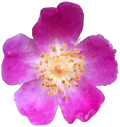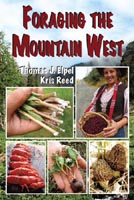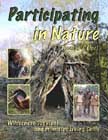| Thomas J. Elpel's Web World Portal  Wildflowers & Weeds 
|  Wildflowers-and-Weeds.com Plant Identification, Edible Plants, Weed Ecology, Mushrooms, and more. Home | Plant Identification | Plant Families Gallery | Edible Plants | Mushrooms | Links Desertification & Weed Ecology | Weed Profiles | E-Mail | Search this Site |
|
Cyperaceae "Sedges have edges. Rushes are round. Grasses are hollow. What have you found?" This common rhyme can help you remember the key differences between the Sedge, Rush, and Grass families. Most sedges have triangular stems ("edges"), except for Scripus, which has round stems. Sedges tend to grow in damp ground, often bordering swamps and streams. Key Words: "Sedges have edges." Please e-mail Thomas J. Elpel to report mistakes or to inquire about purchasing high resolution photos of these plants.
There are more
Return to the Plant Families Index |
|
Looking for life-changing resources? Check out these books by Thomas J. Elpel:
|
|
|









